The Best Ideas from COP30, the UN Climate Summit in Brazil – 18 December 2025
The Clean Coalition was a partner organization for this webinar, which took place on 18 December 2025 at 10am.
Read More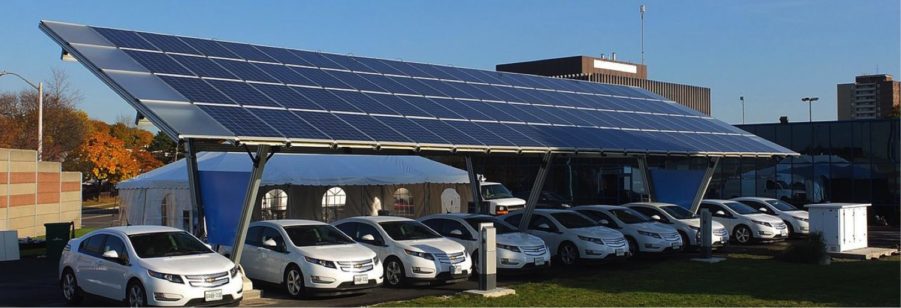
Unleashing an underserved market
Wholesale distributed generation (WDG), also known as front-of-meter (FOM), is an underserved market segment in California. FOM projects bring communities unparalleled economic, environmental, and resilience benefits.
Interconnecting an FOM project to the grid in California can take years, and it can be arduous and expensive. Fixing the FOM interconnection process will result in significantly more clean local energy in the state.
Based on our experience in this area, the Clean Coalition produced a case study highlighting the alarming need to fix FOM interconnection in California — and the key policy innovations that make the fix easy.

A crucial market segment
FOM, or WDG, refers to distributed energy generation, often commercial-scale solar, that interconnects to the distribution grid in front of the meter and serves local loads while avoiding any use of the transmission grid. Rather than serving one customer, these systems can serve an entire community, while avoiding the expensive, inefficient transmission lines required by remote power generation. FOM projects provide these and many more benefits.
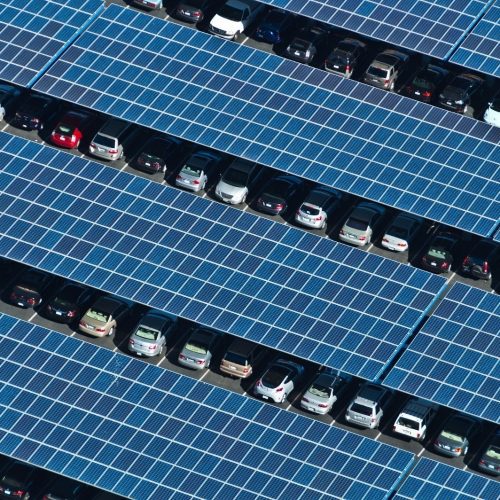
Because of the current uncertainty and extra costs involved in interconnecting an FOM project to the grid in California — which can take years —many projects never get off the ground. Many more are not even being considered. Fixing the FOM interconnection process will result in significantly more clean local energy in the state.
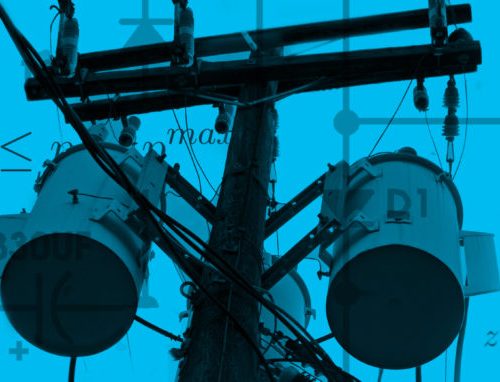

The Clean Coalition is leading the Valencia Gardens Energy Storage (VGES) Project. This groundbreaking project, located at a senior and low-income housing facility in the heart of San Francisco, will showcase how FOM energy storage can be effectively deployed in dense, developed urban environments. Based on our experience with this project, we produced an extensive case study highlighting the alarming need to fix FOM interconnection in California — and the key policy innovations that make the fix easy.
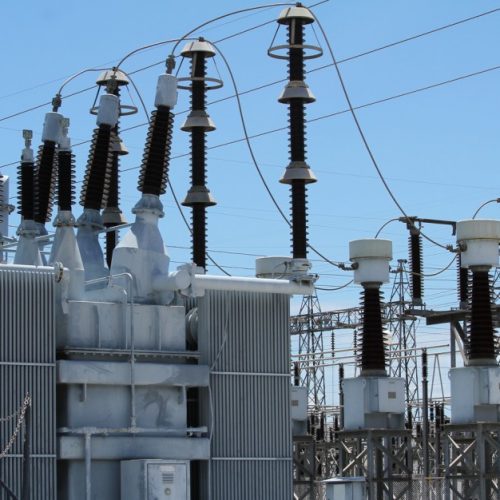
The WDG Interconnection Pilot has the goal of facilitating interconnection for FOM/WDG projects.
The pilot was established by the Peninsula Advanced Energy Community (PAEC) Initiative, which seeks to educate policymakers and stakeholders on beneficial reforms that will keep interconnection processes efficient and cost-effective while maintaining a safe and reliable electric grid.
The current interconnection process presents a significant problem that must be fixed if we are to unleash the FOM market segment — the market segment that Germany targeted, propelling the country to become a global clean energy leader.

Because of the uncertainty and extra costs of interconnecting an FOM project in California, many projects never get off the ground, and many more are never even considered.
Compared to the process for identically sized and similarly sited net energy metering (NEM) projects in California, interconnecting FOM projects costs significantly more, takes longer, and is far less predictable.
| Project type | Average utility charges per project | Average timeframe | Cost predictability |
|---|---|---|---|
| NEM projects up to 1 MW | $150 | 105 days | Standardized flat fee |
| FOM projects up to 1 MW | $150,000 | 137 days | Individual costs, estimated case by case, and subject to post-contract revision |
A significant roadblock for developers of FOM projects is the lack of predictability. Currently, for these projects it’s not possible to use publicly available information to determine impacts and costs prior to completing an application. The costs incurred prior to being able to submit an application vary widely, but they can typically exceed $50,000, with upgrades averaging $150,000 for a 1 MW project. This presents a major risk for developers.
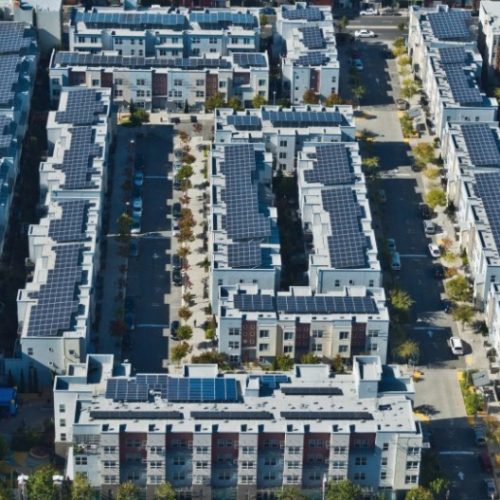
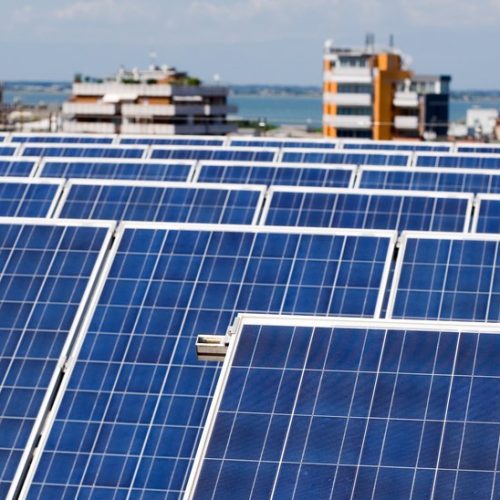


We have solutions now for streamlining FOM interconnection. Funded by a grant from the California Energy Commission (CEC) and led by the Clean Coalition, the Peninsula Advanced Energy Community (PAEC) Initiative studied the barriers to interconnection and presented recommendations for improvements.
In its report Best Practices: Interconnection for Local, Commercial-Scale, Renewable Energy Projects, the PAEC Initiative developed recommendations for streamlining interconnection.
Recommendations include:
The PAEC Initiative also designed a Pilot for Testing Streamlined Interconnection Procedures, which aims to replicate the streamlined NEM interconnection process, timing, and pricing for qualified WDG projects.
The pilot includes:
In addition to streamlining the interconnection process for WDG projects, the pilot’s goals include:

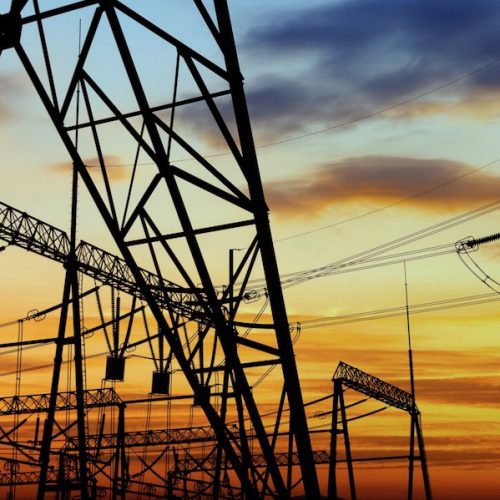
Electric Rule 21 is a tariff in California that describes the interconnection, operating, and metering requirements for generation facilities to be connected to a utility’s distribution system.
As the state with much of the earliest growth in distributed resources, California has identified state jurisdictional interconnection issues long before they have cropped up elsewhere. The state’s tariff and rules continue to serve as the foundation and model for other states’ regulations on interconnection.
The Clean Coalition has been a leading intervenor in and contributor to these efforts: developing new tariffs to accept FOM projects; publishing interconnection capacity analysis (ICA) maps, pre-application reports, unit cost guides, group study and guaranteed cost envelope options; and incorporating energy storage and advanced inverter standards.
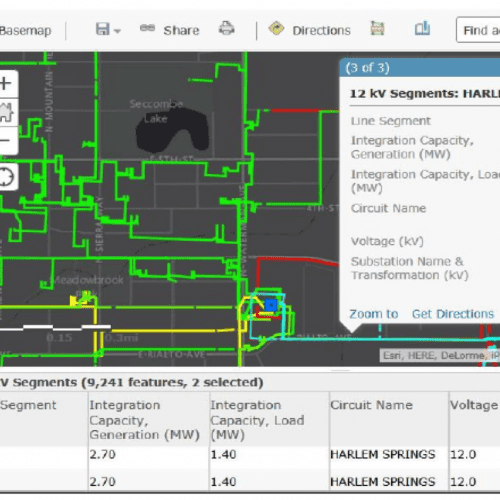
Hosting capacity analysis (HCA), or interconnection capacity analysis (ICA), involves a proactive assessment of the existing distribution grid to understand which locations have the capacity to accommodate new DER, which makes interconnection of these resources quicker and cheaper. Grid maps, with details on available capacity down to the circuit level, are made publicly available and are regularly updated.
In California, the Clean Coalition has played a major role as a leading advocate for the state’s ICA maps, most recently updated to ICA 2.0 in December 2018.
We adopt the Clean Coalition’s recommendation to require the IOUs to provide the ‘available capacity’ at the substation and circuit level, which we define as the total capacity minus the allocated and queued capacity.
California Public Utilities Commission
Decision 10-12-048, Renewables Auction Mechanism
The latest in clean local energy
Learn about our innovative projects and initiatives on our blog, and see what others are reporting about our important work.
The Clean Coalition was a partner organization for this webinar, which took place on 18 December 2025 at 10am.
Read MoreThis podcast episode of Energy Central's "Power Perspectives" welcomes Craig Lewis, Founder and Executive Director of the Clean Coalition, to explore how local solar and storage can flatten the duck curve, cut costs, and build a more resilient grid.
Read articleThe Clean Coalition presented during this in-person gathering, held on Friday, 5 December 2025 from 3:30–5:00 pm PST at CEC’s Environmental Hub, 1219 State St Suite A, Santa Barbara, CA 93101.
Read More